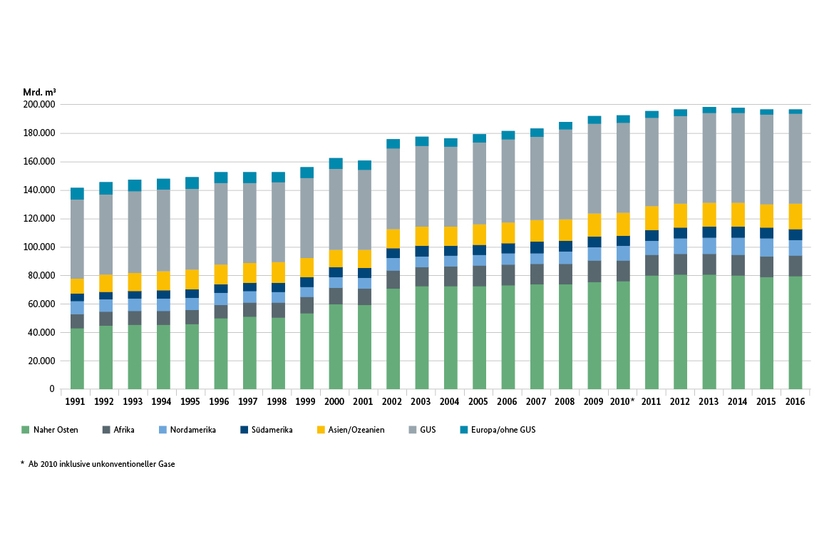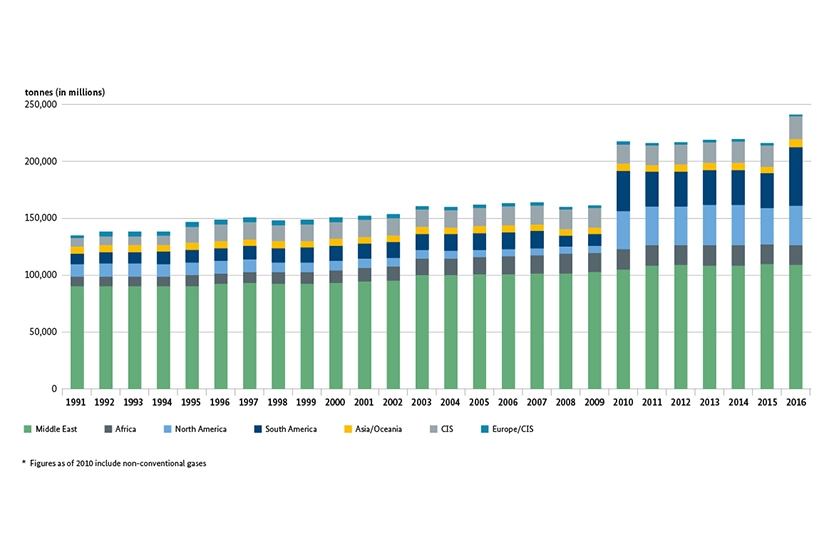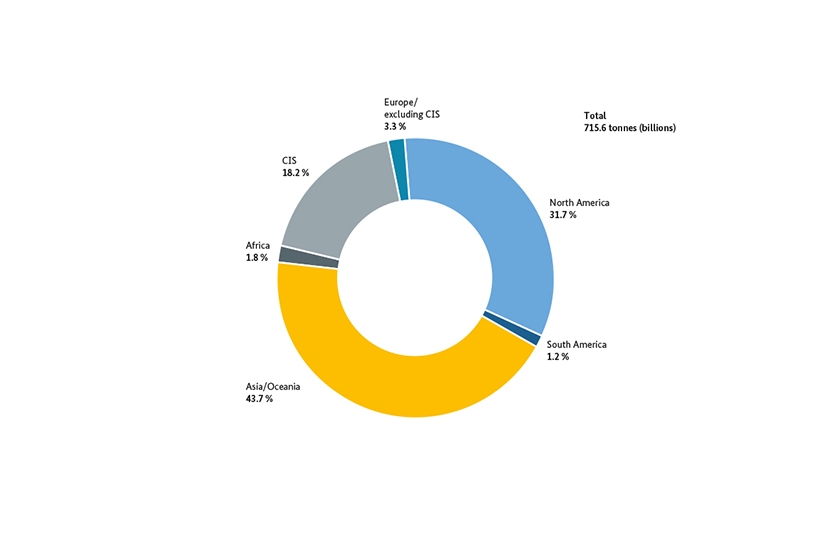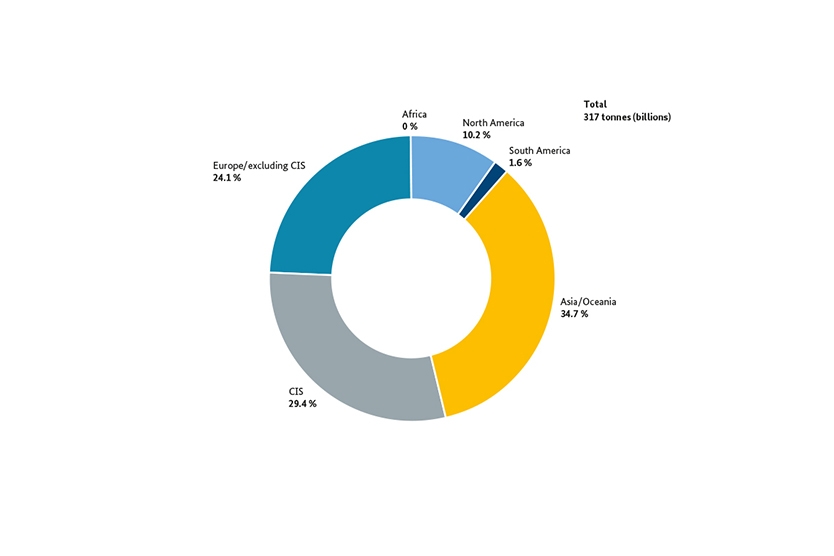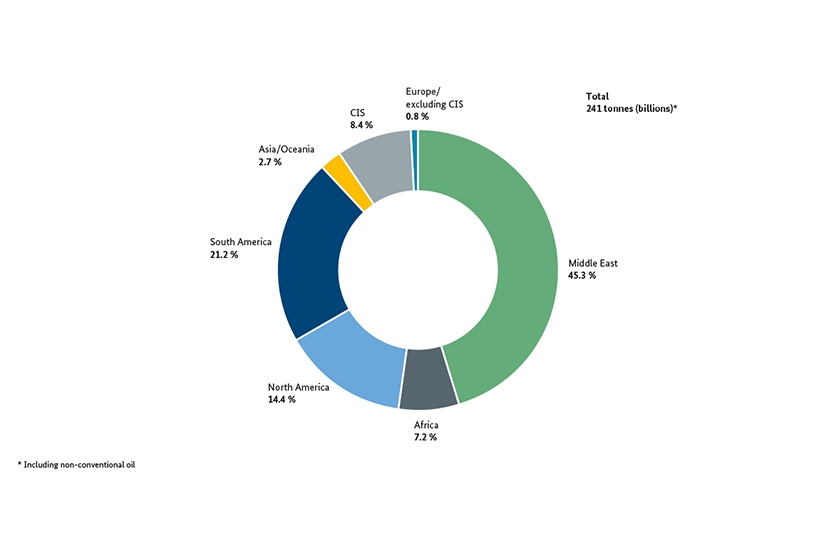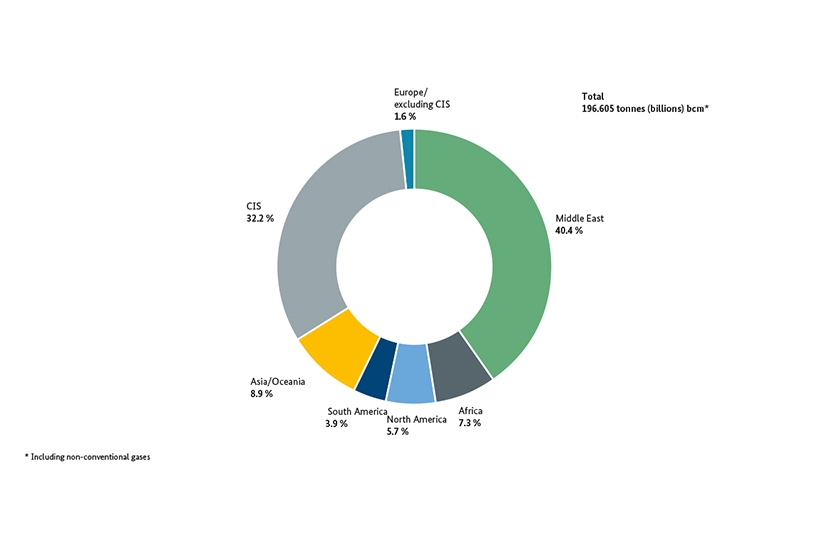Whilst, from a geological point of view, there is no shortage of these minerals, it is hard to predict technological developments (in German) and the changes in demand for raw materials associated with them. This can lead to price peaks and bottlenecks in the supply chain. It is also becoming increasingly difficult to gain access to metallic raw materials on the global commodities markets. An ever smaller number of companies and countries account for ever growing shares of the global commodities markets. In other words, there is market concentration going on.
Mineral resources needed for electric mobility
Car manufacturers rely on a large number of mineral resources and refined products made from them. These include steel, zinc and aluminium for the body of the car as well as quartz for the windows. Some of these mineral resources used by the automotive industry can be mined within Germany or recycled, but the bulk needs to be imported. In the age of electric mobility, modern electric vehicles are usually fitted with lithium-ion batteries. These batteries are made using lithium, nickel, cobalt and graphite. The electric motors and generators of electric vehicles depend on the use of neodymium and dysprosium. Demand for copper is also growing as a result of the trend towards electric mobility.
When electric mobility goes mass market, as has been forecast, this will also result in higher demand for certain mineral raw materials. None of the minerals that are required for battery production are scarce in geological terms. Whether or not sufficient quantities of these will be available, however, will largely depend on industry’s capacity to respond to the changes in demand patterns. Any sudden surges in demand could result in short-term price peaks and shortages. These would only be of a temporary nature, though, as the supply side would adjust to the higher levels of demand.
Mineral resources needed for lightweighting
The aerospace, automotive, mechanical engineering and construction industries, in particular, but also medical technology have a strong focus on developing and using lightweighting. Lightweighting would not be possible without mineral resources such as aluminium, magnesium and titanium. If these minerals are used in cars, for instance, they bring down the vehicles’ weight and real emissions levels. Lightweighting can also be used to compensate for the higher weight of the battery compared to a traditional engine, and to increase the range of these vehicles.
Mineral resources needed for wind power
With the energy transition, the German energy system is being completely overhauled. New energy technologies have led to a very different pattern of demand for mineral resources.
For instance, neodymium, praseodymium and dysprosium – all classified as rare earths – are needed for the permanent magnets that are part of the generators driving large, low-maintenance offshore wind turbines. These turbines also contain base metals such as aluminium, copper and zinc and also steel.
Alongside imported metals, domestic resources are also used. The base of each wind turbine largely consists of carbonate rock and of sand and gravel, which are used to make concrete. The optic fibre that is part of the rotor blades is made from German quartz sand and from kaolin and carbonate rock.




